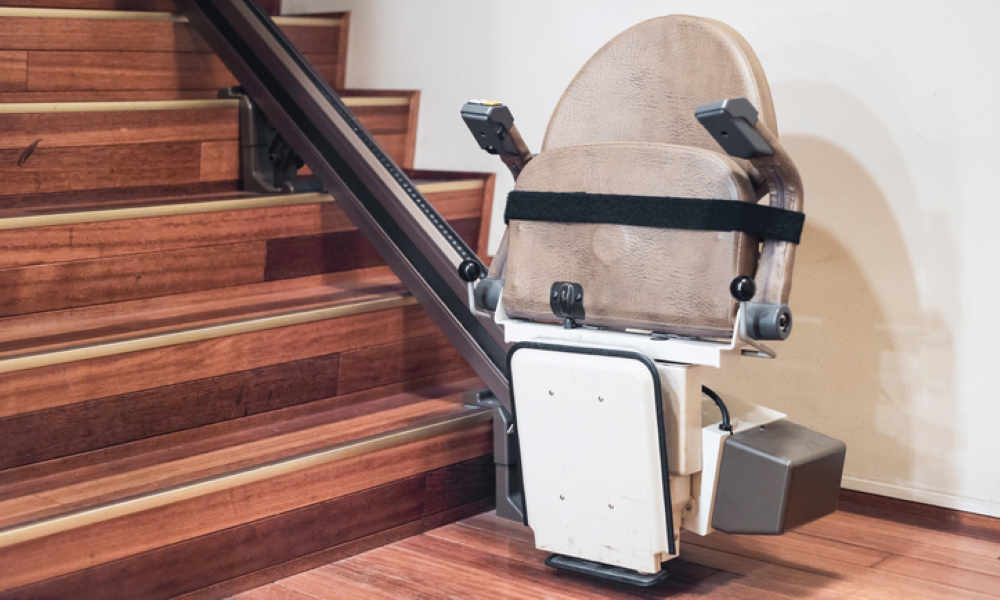A Guide to Portable Handicap Ramps
Portable handicap ramps provide flexible access for people with mobility challenges. Usable in various settings, they help ease movement and promote independence. Understanding portable ramps supports planning spaces that are more accessible, accommodating, and supportive.

What are portable handicap ramps and how do they work?
Portable handicap ramps are lightweight, movable structures designed to create a smooth transition between different elevations. They typically consist of durable materials like aluminum or reinforced plastic, offering a stable surface for wheelchairs, scooters, and walkers to traverse. These ramps work by bridging gaps or steps, allowing users to move safely from one level to another without the need for permanent modifications to buildings or outdoor spaces.
What are the key benefits of using portable handicap ramps?
Portable handicap ramps offer numerous advantages over permanent installations. Their mobility allows for quick setup and removal, making them ideal for temporary use or in situations where permanent modifications are not feasible. They’re also cost-effective, as they can be used in multiple locations without the expense of installing fixed ramps. Additionally, portable ramps are space-efficient, easily stored when not in use, and adaptable to various environments, from home entrances to vehicle access.
How do you choose the right portable handicap ramp?
Selecting the appropriate portable ramp involves considering several factors:
-
Length and slope: Ensure the ramp is long enough to provide a safe incline (typically 1:12 ratio).
-
Weight capacity: Choose a ramp that can support the combined weight of the user and mobility device.
-
Width: Select a width that accommodates the user’s mobility aid comfortably.
-
Surface texture: Look for non-slip surfaces to enhance safety, especially in wet conditions.
-
Portability: Consider the ramp’s weight and folding mechanism for easy transport and storage.
-
Intended use: Determine if you need a threshold ramp, suitcase ramp, or modular system based on your specific requirements.
What are common uses for portable handicap ramps?
Portable handicap ramps find applications in various settings:
-
Home access: Providing entry over steps or thresholds.
-
Vehicle loading: Assisting with wheelchair or scooter entry into vans or SUVs.
-
Public buildings: Offering temporary accessibility solutions for events or construction periods.
-
Outdoor recreation: Enabling access to boats, camping sites, or recreational vehicles.
-
Medical facilities: Facilitating patient transport in ambulances or mobile clinics.
-
Business entrances: Improving accessibility for customers with mobility challenges.
What safety considerations should be kept in mind when using portable ramps?
When using portable handicap ramps, safety is paramount. Always ensure the ramp is properly secured and stable before use. Check weight limits and adhere to them strictly. Maintain the ramp’s cleanliness and inspect it regularly for any damage or wear. In outdoor settings, be cautious of weather conditions that may affect the ramp’s surface traction. It’s also crucial to follow the manufacturer’s guidelines for installation and use, including recommended slope angles and proper positioning.
How much do portable handicap ramps typically cost?
The cost of portable handicap ramps can vary significantly based on factors such as size, material, and features. Here’s a general overview of pricing for different types of portable ramps:
| Ramp Type | Length Range | Average Price Range |
|---|---|---|
| Threshold Ramps | 1-6 inches | $50 - $200 |
| Suitcase Ramps | 2-8 feet | $200 - $600 |
| Folding Ramps | 5-12 feet | $300 - $1,000 |
| Modular Ramp Systems | 4-30 feet | $500 - $3,000+ |
Prices, rates, or cost estimates mentioned in this article are based on the latest available information but may change over time. Independent research is advised before making financial decisions.
When considering the cost, it’s important to factor in the ramp’s durability, portability, and specific features that meet your needs. While higher-priced options may offer greater versatility or weight capacity, there are quality options available at various price points to suit different budgets and requirements.
In conclusion, portable handicap ramps play a vital role in promoting accessibility and independence for individuals with mobility challenges. By understanding their types, uses, and selection criteria, you can choose the most suitable ramp for your specific needs. Whether for personal use or to enhance accessibility in public spaces, these versatile aids contribute significantly to creating more inclusive environments.




